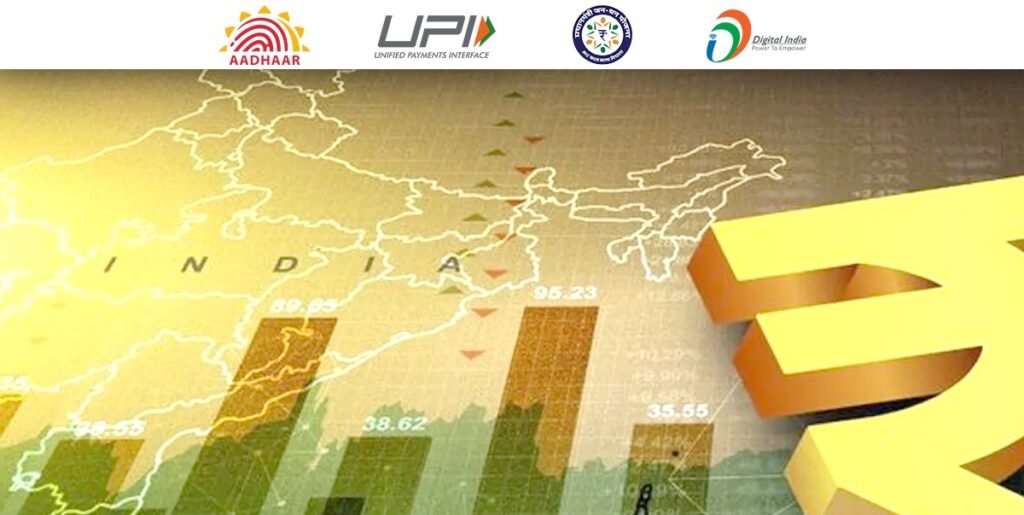The World Bank’s G20 document has stated that India’s achievements in the last 6 years in financial inclusion would have otherwise taken almost five decades without the Digital Public Infrastructure (DPIs) it has built. With Jan Dhan, Aadhaar and mobile phones (the JAM trinity), the financial inclusion rate has jumped from 25% in 2008 to over 80% of adults, reducing the journey by 47 years.
Prime Minister Narendra Modi took to X, formerly known as Twitter, and said “India’s leap in financial inclusion, powered by Digital Public Infrastructure! A G20 document prepared by the @WorldBank shared a very interest point on India’s growth. India has achieved financial inclusion targets in just 6 years which would otherwise have taken at least 47 long years. Compliments to our robust digital payment infrastructure and the spirit of our people. It is equally a testament to rapid progress and innovation.”
India’s achievements
Highlighting the transformative impact of DPIs, the document said, “While DPIs’ role in this leapfrogging is undoubtable, other ecosystem variables and policies that build on the availability of DPIs were critical. These included interventions to create a more enabling legal and regulatory framework, national policies to expand account ownership, and leveraging Aadhaar for identity verification.”
Since the launch of Pradhan Mantri Jan Dhan Yojana (PMJDY) in 2014, more than 50 crore accounts have been opened of which 56% belong to women. Leveraging the Aadhaar number, another DPI that covers more than a billion people in the country, the Government has been able to digitise the KYC process and also streamline access to banking services.
With DPIs, the cost of onboarding customers by banks in India has decreased from $23 to $0.1 according to industry estimates. “The India Stack has digitized and simplified KYC procedures, lowering costs; banks that use e-KYC lowered their cost of compliance from $0.12 to $0.06. The decrease in costs made lower-income clients more attractive to service and generated profits to develop new products,” the report said.
UPI payments have already crossed the milestone of more than 10 billion transactions in August 2023. The total value of UPI transactions in FY23 was almost 50% of India’s nominal GDP. The report states that DPIs in India have also helped boost the productivity of the private sector leading to creation of innovative financial solutions. Certain NBFCs have enabled 8% higher conversion rate in SME lending, a 65% savings in depreciation costs and 66% reduction in costs related to fraud detection.
India’s Data Empowerment and Protection Architecture (DEPA) grants individuals control over their data, empowering them to share it across providers to enable access to tailored products and services.
DPIs: Transforming lives globally
In her forward to the report, UN Secretary-General’s Special Advocate for Inclusive Finance for Development (UNSGSA) and Honorary Patron of the G20 GPFI, Queen Maxima said, “The impact of DPI goes beyond inclusive finance—it can support health, education, and sustainability. Amid the COVID19 pandemic, DPI enabled emergency support to be directly delivered to the digital wallets of those in need as well as helped facilitate swift vaccine distribution.”
The report states that DPIs can enable productivity gains for furthering financial inclusion. It lists three fronts on which future collaboration can be considered to increase access to DPIs globally – (i) encouraging and fostering knowledge sharing on the design, development, and operations of DPIs, and the transformative impact of DPIs, (ii) capacity building: Successful adoption of DPIs and their continuous improvement will require developing expertise on a range of topics in a country across stakeholders, (iii) cross-border linkage of DPIs.
The G20 Global Partnership for Financial Inclusion (GPFI) document has been prepared by the World Bank as an implementing partner of GPFI with the guidance of and inputs from the G20 India Presidency represented by the Ministry of Finance (MoF) of the Government of India and the Reserve Bank of India (RBI).
